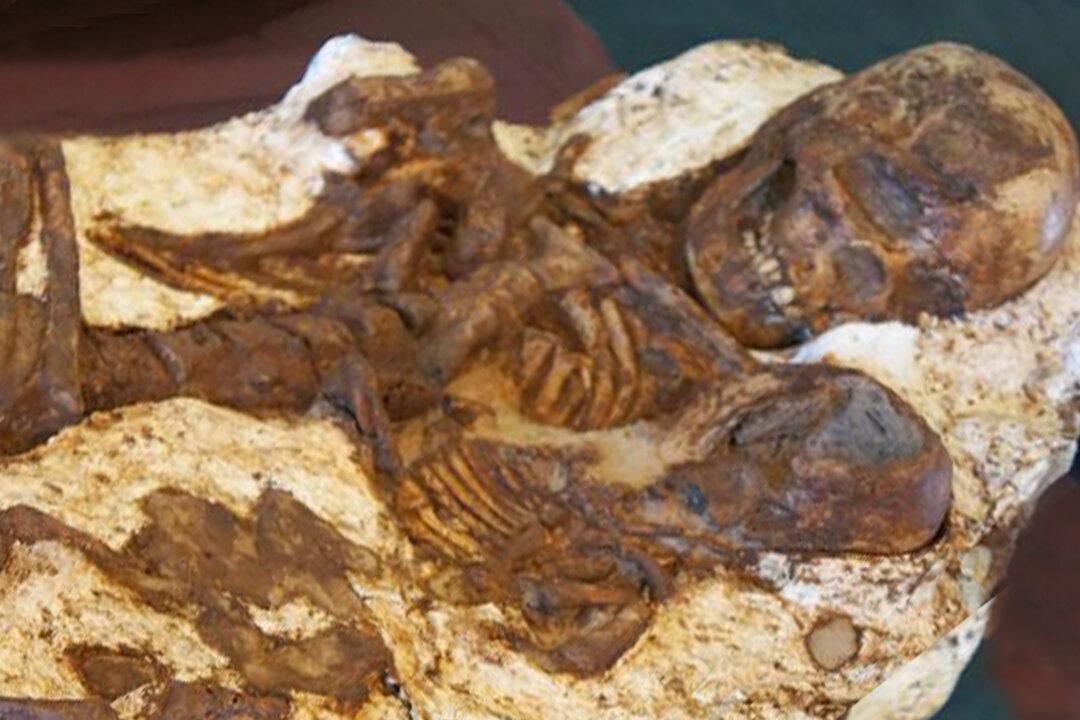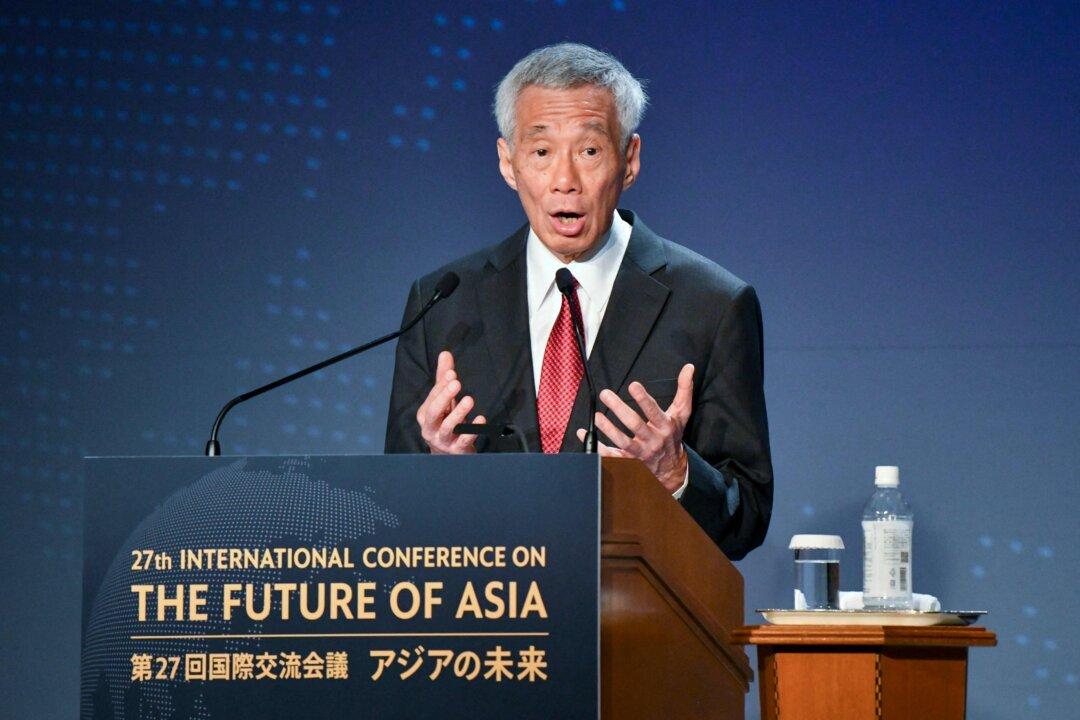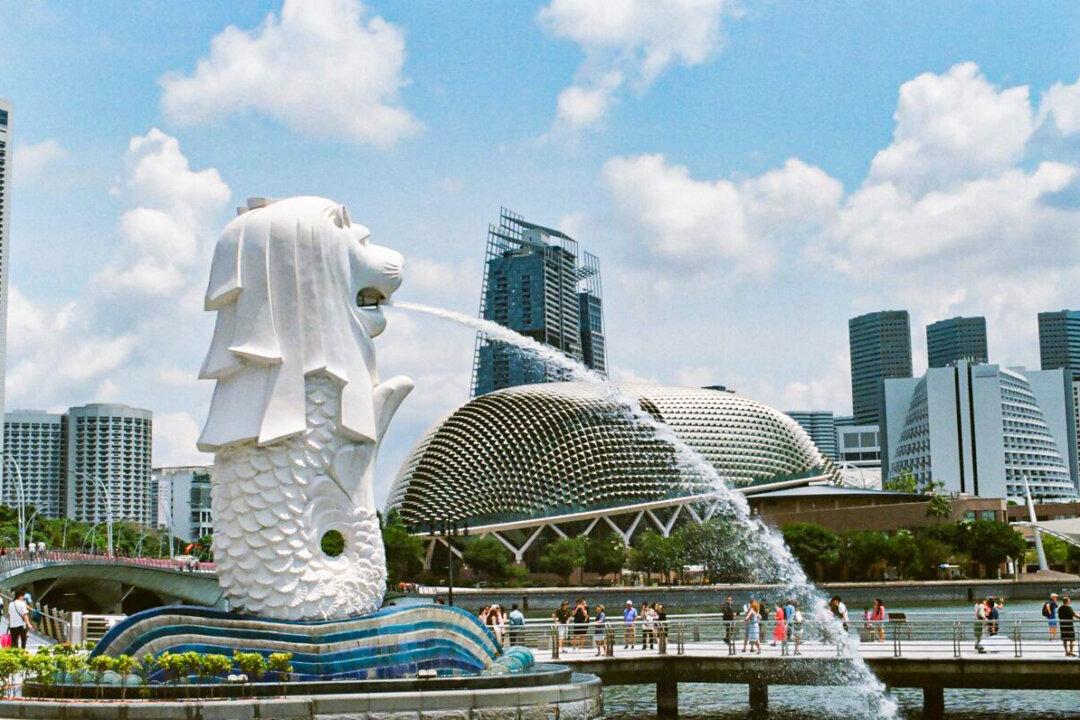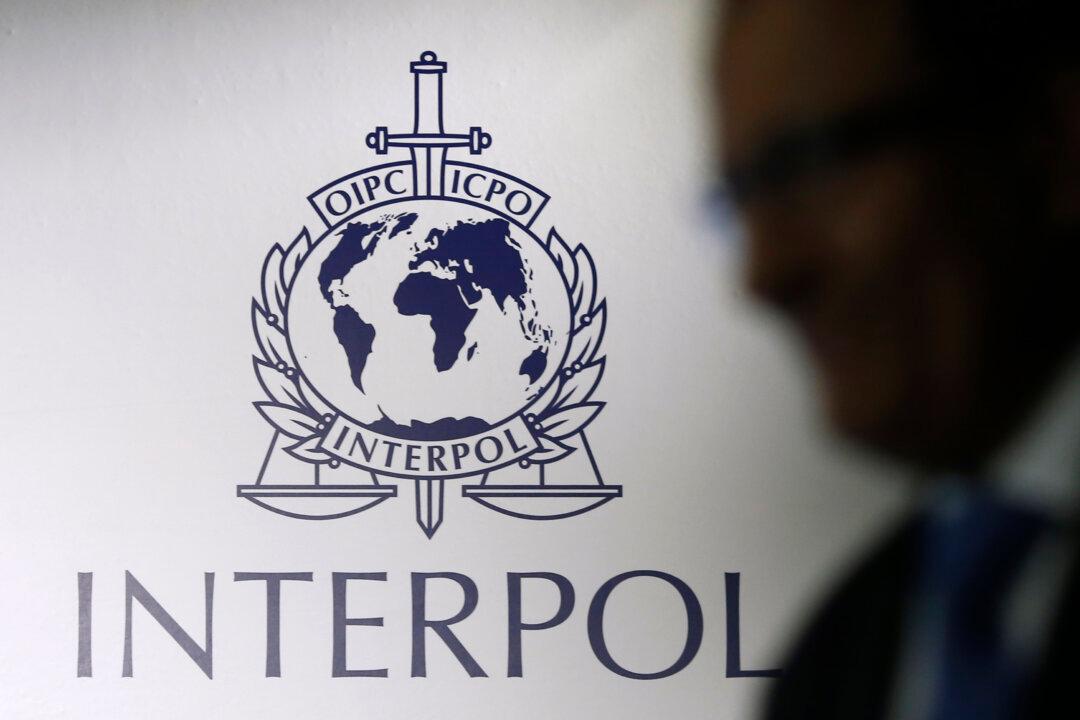This might be one of the breathtaking archeological discoveries made in the recent past: the almost 4,800-year-old fossil remains of a mother cradling her baby in a shared grave.
While excavating a prehistoric Taiwanese aboriginal mass-burial site discovered in Taichung, Taiwan, archeologists discovered the remains of a young mother and her child.





